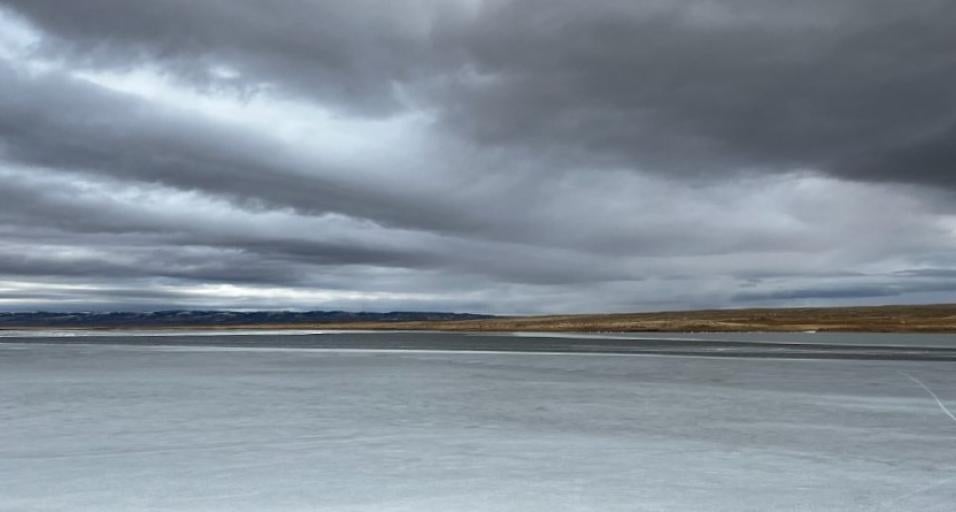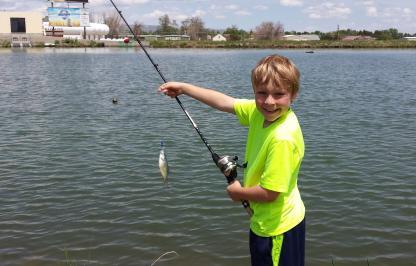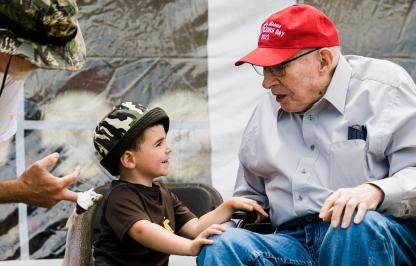For the second time in two years, trout in Meeboer Lake succumbed to a winterkill event. Wyoming Game and Fish Department fisheries biologists confirmed the winterkill in early May with a netting survey that produced suckers but no trout. Unlike last year, this year’s winterkill event was not a result of equipment failure.
“Last year the aeration system in Meeboer failed,” said Stephen Siddons, Game and Fish fisheries biologist in Laramie. “This year the system functioned well throughout the winter, but conditions in the lake resulted in a winterkill.”
Winterkills occur when ice and snow cover the lake. Ice cover prevents the exchange of oxygen with air, and snow on top of the ice prevents sunlight from reaching aquatic plants that could otherwise photosynthesize and produce oxygen. When those plants die from lack of sunlight and decompose, the decomposition process uses up additional oxygen that would otherwise be available to fish. As a result, the lake becomes deprived of oxygen and fish die.
The current aeration system at Meeboer can alleviate these conditions to some extent by maintaining a patch of open water to allow oxygen transfer from the air, but this past year it could not overcome severe oxygen depletion. The aeration system has substantially improved overwinter survival of trout since its installation in 2013, however maintaining sportfish populations in shallow, productive lakes prone to winterkill is often dependent on weather.
“We were monitoring the function of the aeration system and dissolved oxygen levels all winter,” said Siddons. “Even with the aeration system, dissolved oxygen levels dropped too low, for too long, to support trout. We are hoping that the dissolved oxygen data we collected might give us some insights on how to avoid future winterkill events.”
No other Laramie Plains Lakes are known to have experienced a winterkill event this year. Meeboer is being restocked with trout, and they are expected to grow quickly because of the high productivity in the lake. Additionally, some larger cutthroat and rainbow trout have been sourced from the Game and Fish Wigwam Rearing Station and the U.S. Fish and Wildlife Service Saratoga National Fish Hatchery to jumpstart the recovery of the fishery. Anglers should expect fishing to be slow for the next month or two while the trout fishery is rebuilt.



